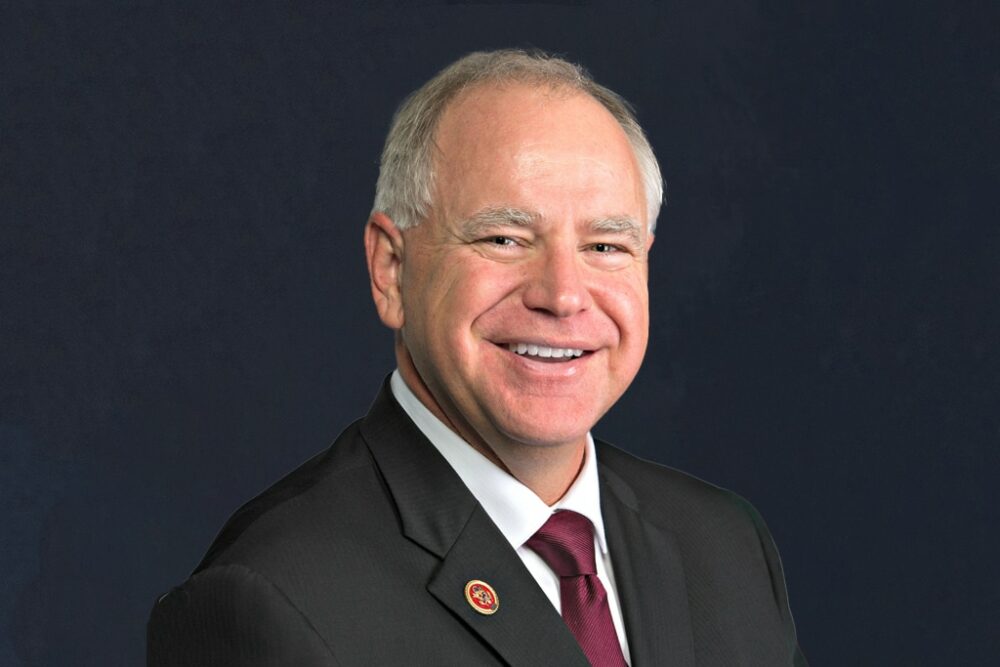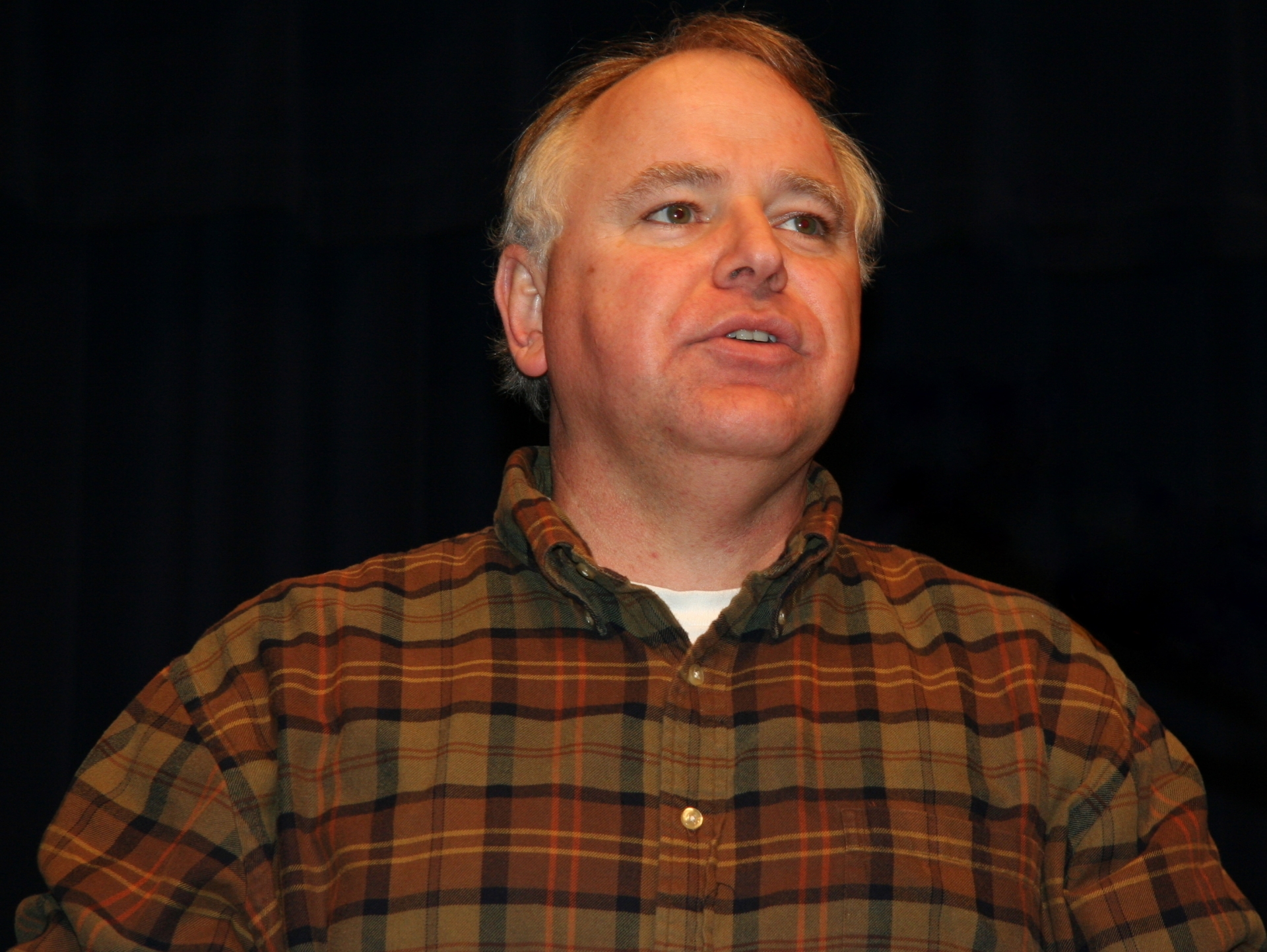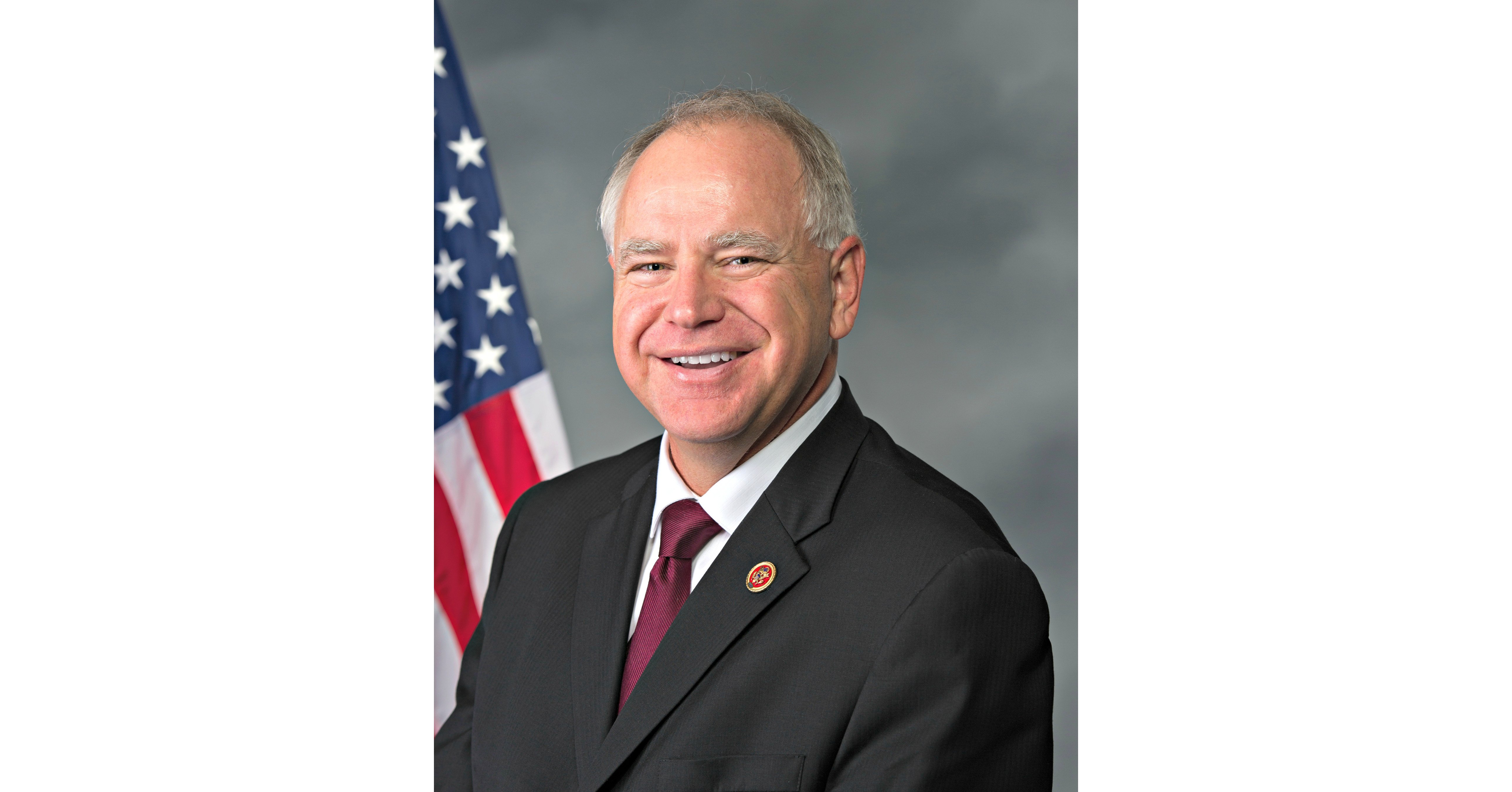Tim Walz

Tim Walz, the current governor of Minnesota, is a seasoned politician with a rich history of public service. From his humble beginnings as a teacher to his ascent to the state’s highest office, Walz has consistently championed progressive values and advocated for the well-being of Minnesotans.
Political Background and Career Trajectory
Tim Walz’s journey to the governorship began with a commitment to education. He served as a social studies teacher and football coach for over a decade before entering politics. In 2006, he was elected to the U.S. House of Representatives, representing Minnesota’s 1st congressional district. During his time in Congress, Walz focused on issues such as education, veterans’ affairs, and rural development. He was known for his bipartisan approach and his ability to build consensus across the political aisle.
Key Policy Initiatives and Accomplishments
As governor, Tim Walz has prioritized issues such as education, healthcare, and economic development. Some of his key policy initiatives include:
- Investing in Education: Governor Walz has made significant investments in public education, including increasing funding for early childhood education, expanding access to affordable college, and supporting teacher training and development.
- Expanding Healthcare Access: Walz has worked to expand access to affordable healthcare, including supporting the Affordable Care Act and advocating for Medicaid expansion. He has also implemented policies aimed at lowering the cost of prescription drugs.
- Promoting Economic Growth: Governor Walz has focused on creating jobs and growing the Minnesota economy, including investing in infrastructure, supporting small businesses, and attracting new industries to the state.
Political Landscape in Minnesota
Minnesota is a politically diverse state with a long history of progressive values. The state has a strong tradition of social justice and environmental protection, reflected in its policies on issues such as education, healthcare, and climate change. However, Minnesota also faces significant challenges, including economic inequality, racial disparities, and a changing climate.
Managing the COVID-19 Pandemic
Governor Walz’s leadership during the COVID-19 pandemic has been marked by a commitment to public health and a focus on data-driven decision-making. He implemented a series of public health measures, including mask mandates and social distancing guidelines, to mitigate the spread of the virus. While these measures were controversial, they were supported by public health experts and helped to slow the spread of the virus in Minnesota.
Minnesota’s Economy and Key Industries: Tim Walz Minnesota

Minnesota’s economy, often dubbed the “Land of 10,000 Lakes,” boasts a diverse and robust landscape, driven by a blend of traditional industries and burgeoning tech sectors. This economic tapestry, however, is not without its challenges, grappling with issues like income inequality and the evolving nature of work.
Minnesota’s Economic Strengths
Minnesota’s economy enjoys several key strengths, contributing to its overall stability and growth.
- Strong Manufacturing Base: Minnesota has a long history of manufacturing excellence, with sectors like medical devices, food processing, and transportation equipment playing a pivotal role in the state’s economic success. This sector contributes significantly to employment and generates substantial economic output.
- Skilled Workforce: The state is home to a highly educated and skilled workforce, a key asset for attracting businesses and fostering innovation. Minnesota consistently ranks high in educational attainment, with a significant percentage of its population holding college degrees.
- Stable and Diverse Economy: Minnesota’s economy exhibits remarkable resilience, with a balanced mix of industries, reducing vulnerability to economic shocks. The state’s diverse economic base ensures that no single sector dominates, providing stability and reducing susceptibility to economic downturns.
Minnesota’s Economic Weaknesses
Despite its strengths, Minnesota’s economy faces certain challenges, requiring strategic solutions for sustainable growth.
- Income Inequality: The gap between the rich and poor in Minnesota is widening, posing a significant social and economic challenge. This disparity in income distribution can lead to reduced economic mobility and social unrest, requiring targeted policies to address the issue.
- Changing Nature of Work: The rise of automation and technological advancements are transforming the job market, impacting traditional industries and creating new opportunities. This shift requires workforce development programs and policies to ensure workers possess the skills needed for the evolving job landscape.
Key Industries Driving Economic Growth
Minnesota’s economic landscape is shaped by several key industries that drive growth and create employment opportunities.
- Healthcare: The healthcare sector is a major economic engine in Minnesota, driven by a strong presence of medical device manufacturers, hospitals, and clinics. The sector provides significant employment opportunities and contributes significantly to the state’s GDP.
- Technology: Minnesota’s tech sector is rapidly growing, with companies in fields like software development, cybersecurity, and data analytics playing a vital role in driving innovation and economic growth. This sector attracts a highly skilled workforce and fosters a dynamic entrepreneurial environment.
- Agriculture: Minnesota is a major agricultural producer, known for its dairy, corn, and soybean production. The agricultural sector plays a significant role in the state’s economy, supporting a network of farms, processors, and related businesses.
Challenges Facing Minnesota’s Economy
Minnesota’s economy faces several challenges, requiring proactive measures to ensure sustainable growth and prosperity.
- Cost of Living: The rising cost of living in Minnesota, particularly in major urban areas, is a concern for residents and businesses. High housing costs and other expenses can make it difficult to attract and retain talent, impacting economic growth.
- Infrastructure Needs: Minnesota’s infrastructure, including transportation, energy, and broadband, requires significant investment to maintain competitiveness and support economic growth. Investing in infrastructure is crucial for attracting businesses, fostering innovation, and ensuring the smooth flow of goods and services.
Potential Solutions and Strategies, Tim walz minnesota
Addressing Minnesota’s economic challenges requires a multifaceted approach, focusing on strategies that promote growth, enhance competitiveness, and improve the quality of life for residents.
- Investing in Education and Workforce Development: Strengthening Minnesota’s education system and investing in workforce development programs are essential for equipping workers with the skills needed for the 21st-century economy. This includes supporting early childhood education, expanding access to affordable higher education, and providing training programs for in-demand skills.
- Promoting Innovation and Entrepreneurship: Fostering a vibrant entrepreneurial ecosystem is crucial for driving economic growth and creating new jobs. This involves providing support for startups, encouraging research and development, and creating an environment conducive to innovation.
- Addressing Income Inequality: Reducing income inequality requires a combination of policies aimed at increasing wages, expanding access to affordable healthcare, and strengthening social safety nets. This includes raising the minimum wage, expanding access to affordable housing, and investing in public transportation.
- Investing in Infrastructure: Modernizing Minnesota’s infrastructure is essential for supporting economic growth and improving the quality of life for residents. This includes investing in transportation systems, expanding broadband access, and upgrading energy infrastructure.
Minnesota’s Social and Cultural Landscape

Minnesota is a state known for its diverse population and vibrant cultural scene. Its social landscape is shaped by a rich tapestry of ethnicities, religions, and beliefs, contributing to a dynamic and inclusive environment. This diversity is reflected in its communities, institutions, and artistic expressions, making Minnesota a fascinating place to explore.
The State’s Diverse Demographics
Minnesota’s demographics reflect a rich history of immigration and cultural exchange. The state is home to a significant population of European Americans, particularly of Scandinavian descent, along with growing communities of Asian Americans, African Americans, and Hispanic Americans. This diversity is evident in the state’s cities, with Minneapolis and St. Paul boasting vibrant multicultural neighborhoods.
Tim walz minnesota – Tim Walz, the governor of Minnesota, has been a prominent figure in the state’s political landscape for years. His leadership has been tested by various challenges, including the recent helicopter crash into a Hilton hotel in a neighboring state. While the incident was a tragedy, it also served as a stark reminder of the importance of safety regulations and emergency preparedness, issues that Governor Walz has consistently prioritized in his administration.
Tim Walz, the governor of Minnesota, has been a vocal advocate for international cooperation and diplomacy. This focus on global engagement is evident in his efforts to promote understanding and dialogue between nations, particularly those with complex histories and ongoing tensions.
For example, Walz has spoken about the need for a peaceful resolution to the conflict between Israel and Iran , emphasizing the importance of finding common ground and building bridges of understanding. His commitment to international dialogue aligns with his broader vision for a more peaceful and prosperous world.
